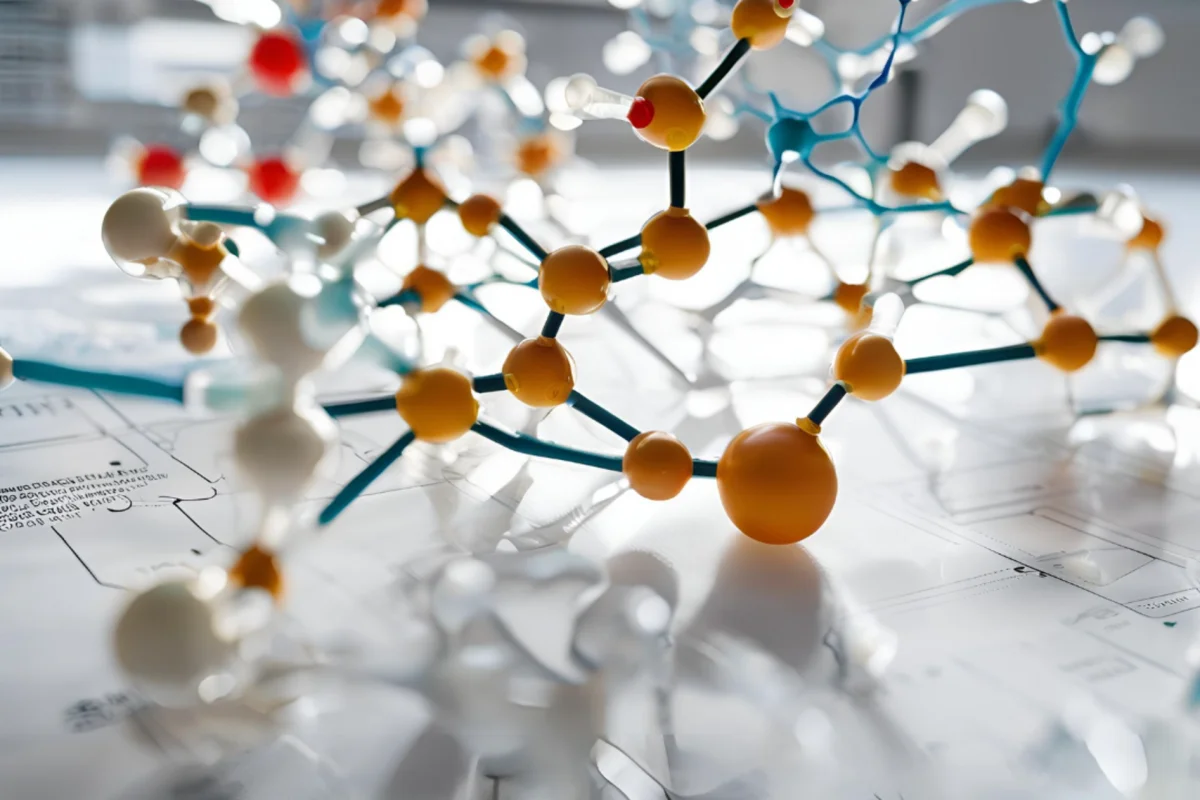 Monday, September 23, 2024
Monday, September 23, 2024ATP (Adenosine Triphosphate)
Adenosine triphosphate (ATP) is one of the most important molecules in biochemistry and plays a central role in most biological processes. Often referred to as the "energy currency" of the cell, ATP enables a variety of cellular functions, including muscle contractions, cell division, and biochemical reactions. In this blog, we will explore the structure of ATP, its functions, the mechanisms of its production, its role in various metabolic pathways, and its significance for life on Earth in detail.
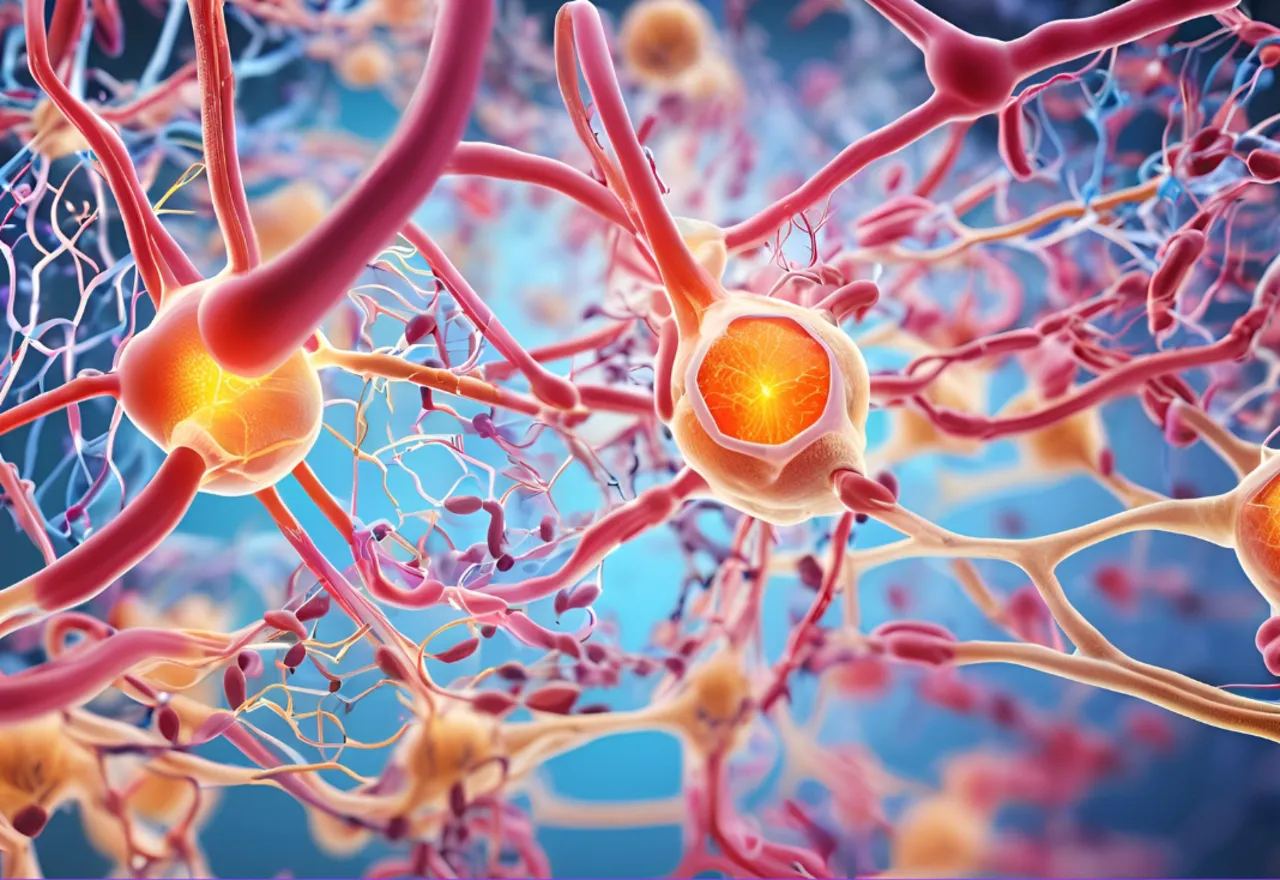
Structure of ATP
ATP consists of three main components:
Adenine: A nitrogenous base that belongs to the nucleobases.
Ribose: A five-membered sugar ring (pentose) that serves as the sugar backbone.
Three Phosphate Groups: These are connected by high-energy bonds. Energy is released primarily through the hydrolysis of the phosphate bonds.
The structure of ATP is critical for its function. The high-energy bonds between the phosphate groups allow ATP to rapidly release and provide energy when needed. When ATP is broken down to ADP (adenosine diphosphate) and a free phosphate, a significant amount of energy is released, which can be utilized by the cell.
Functions of ATP
ATP serves several important functions in the cell:
Energy Source for Biochemical Reactions: ATP is involved in many enzymatic reactions that require energy to proceed. These include processes such as protein synthesis, DNA replication, and the activation of metabolites.
Muscle Contraction: During muscle contraction, ATP is consumed to activate myosin-containing filaments, leading to the shortening of the muscle cell. This contraction is essential for all types of movement in the body.
Active Transport: Many cells use ATP to transport molecules against their concentration gradient. Examples include the sodium-potassium pump and proton transport in mitochondria.
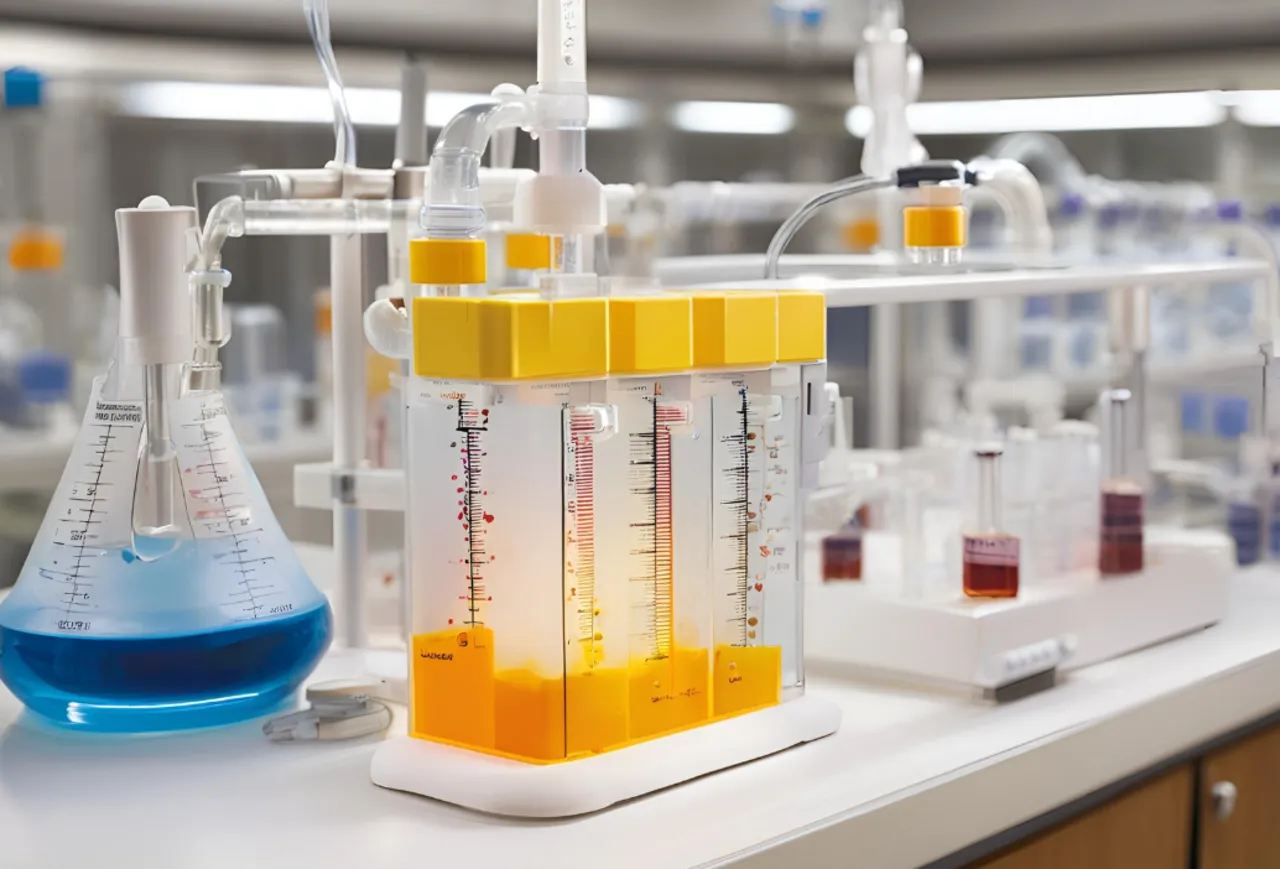
Signal Transmission: ATP also plays a role as a signaling molecule. It can trigger signals within the cell that are linked to various cellular functions. In signal transduction, ATP often acts as a substrate for kinases that phosphorylate other proteins.
Regulation of Metabolism: ATP levels in the cell can serve as an indicator of the energy status. High ATP concentrations signal that sufficient energy is available, while low concentrations indicate a need for energy.
Production of ATP
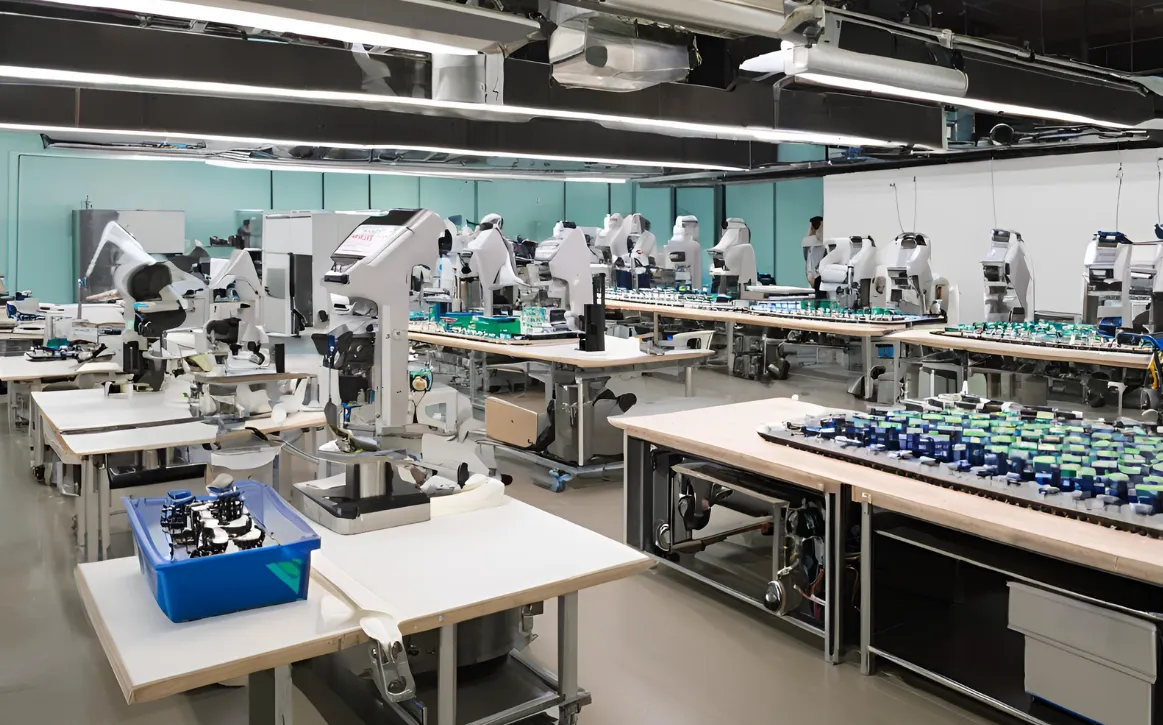
ATP is primarily produced in the mitochondria through two main processes:
1.Cellular Respiration: This process consists of three main phases:
- Glycolysis: Occurs in the cytoplasm and converts glucose into pyruvate, producing a small amount of ATP.
- Citric Acid Cycle (Krebs Cycle): In the mitochondria, pyruvate is further broken down, generating electron carriers like NADH and FADH₂.
- Electron Transport Chain: Here, the electrons from NADH and FADH₂ are used to produce ATP in large quantities by pumping protons across the inner mitochondrial membrane.
2.Glycolysis: Under anaerobic conditions, ATP is produced without oxygen. This primarily occurs in muscles during intense exertion, where lactic acid is generated as a byproduct.
Significance of ATP
The role of ATP goes beyond energy provision. It is crucial for maintaining cellular balance, facilitating communication between cells, and regulating metabolic pathways. ATP is also involved in cell division, as it is required for DNA synthesis and mitosis.
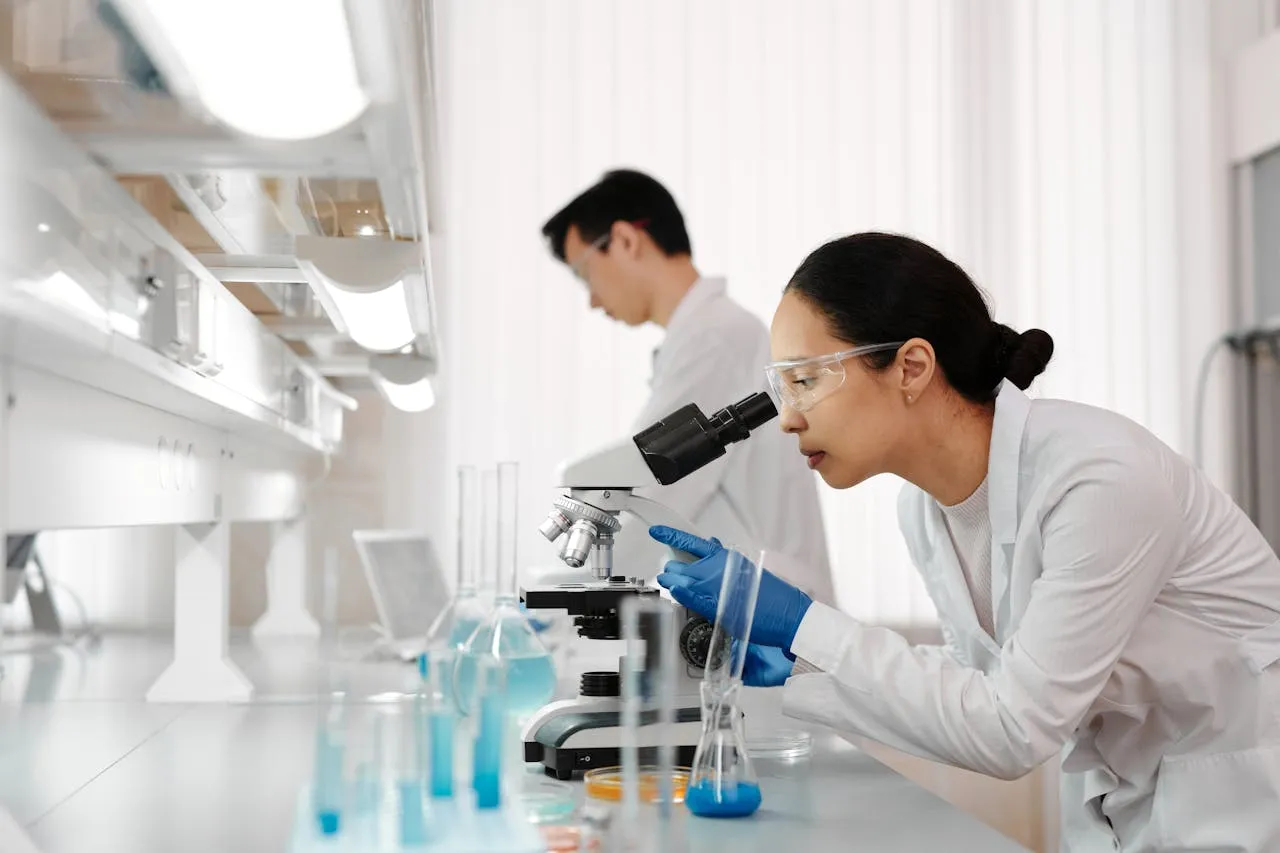
Moreover, ATP is not only important for the cell itself, but it also has far-reaching implications for the overall physiology of the organism. It is involved in nearly every biological process, from reproduction to immune response.
ATP is essential for life. It is fundamental to energy transformations in living organisms and plays a central role in nearly all biological processes.


